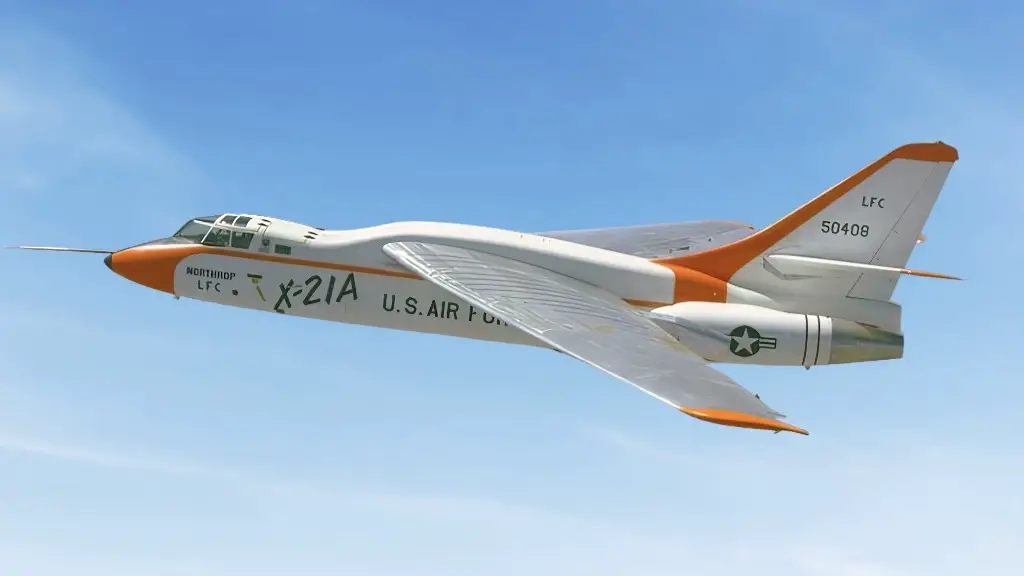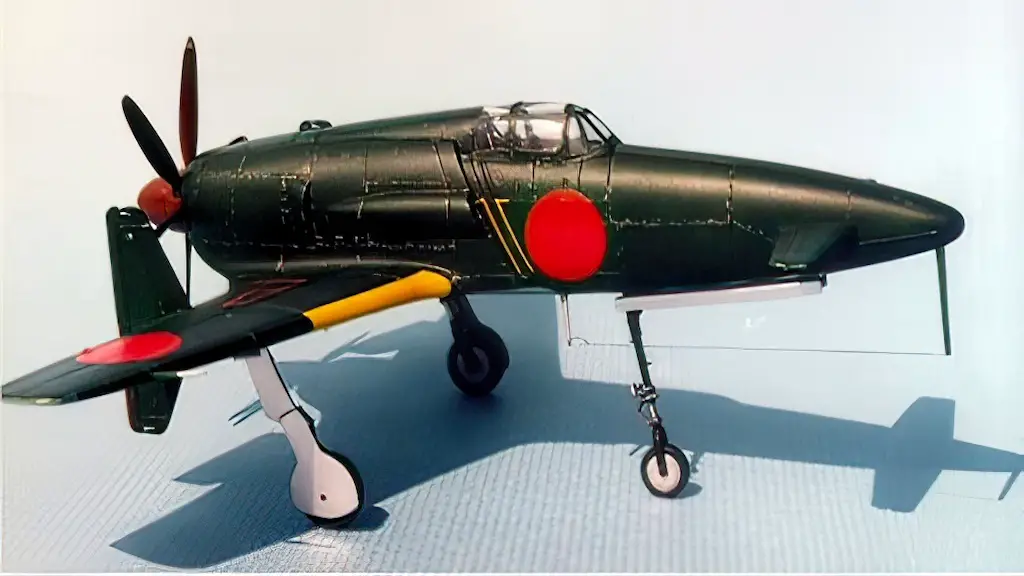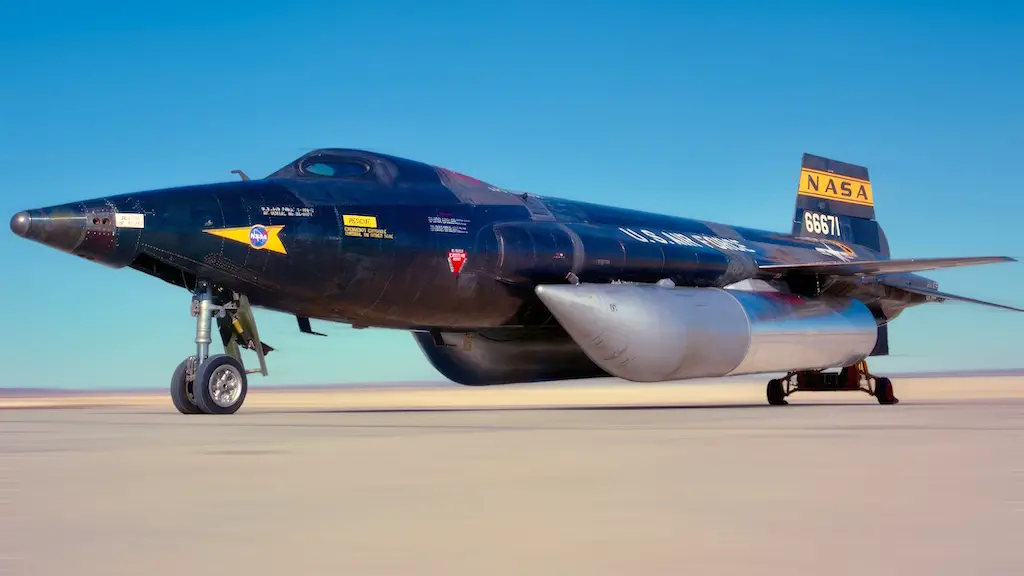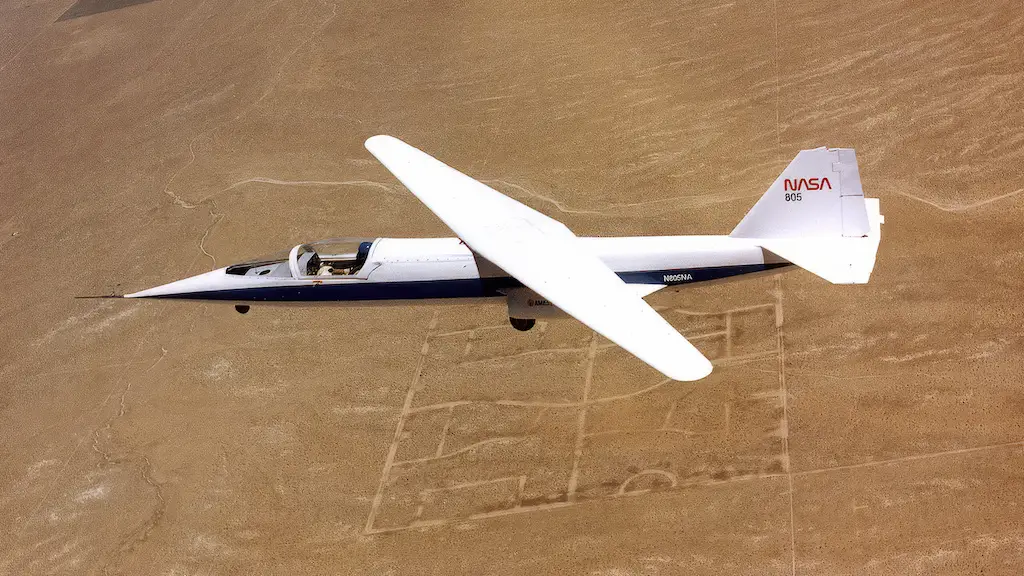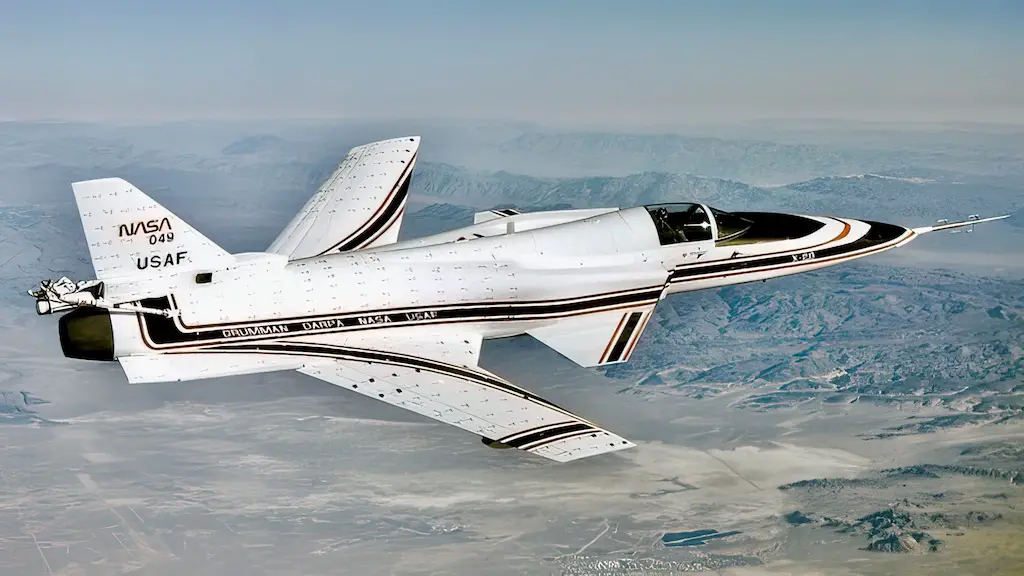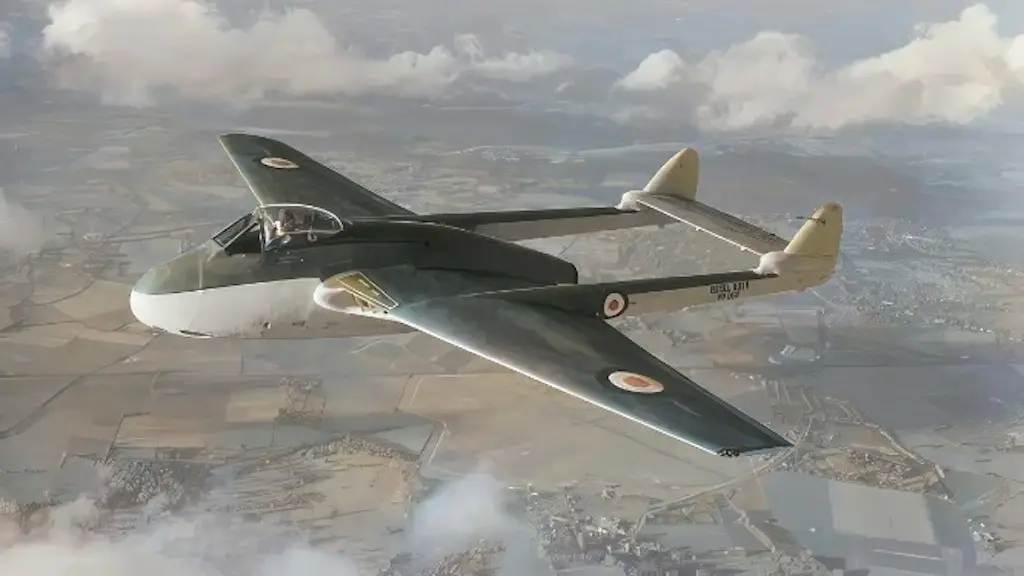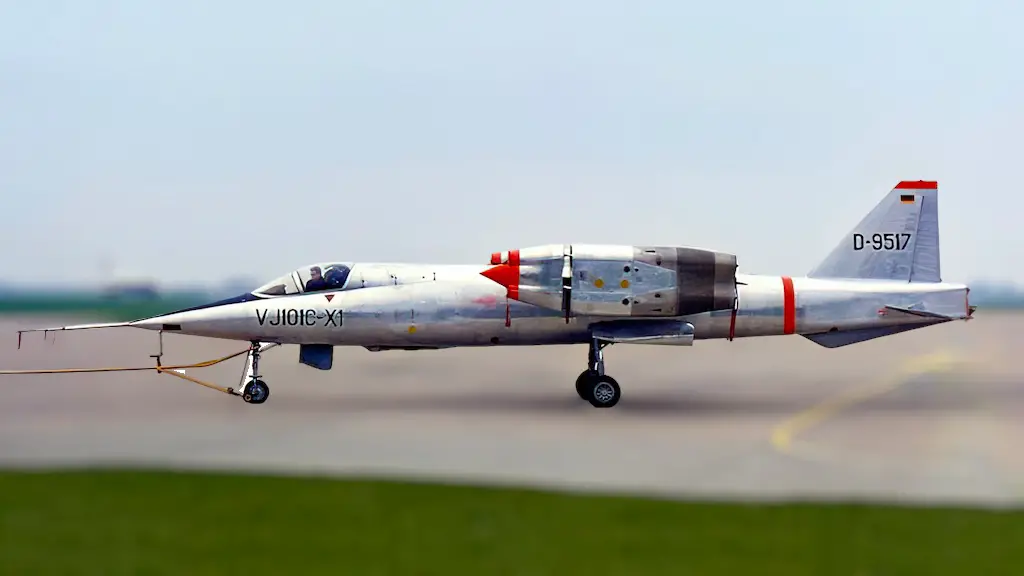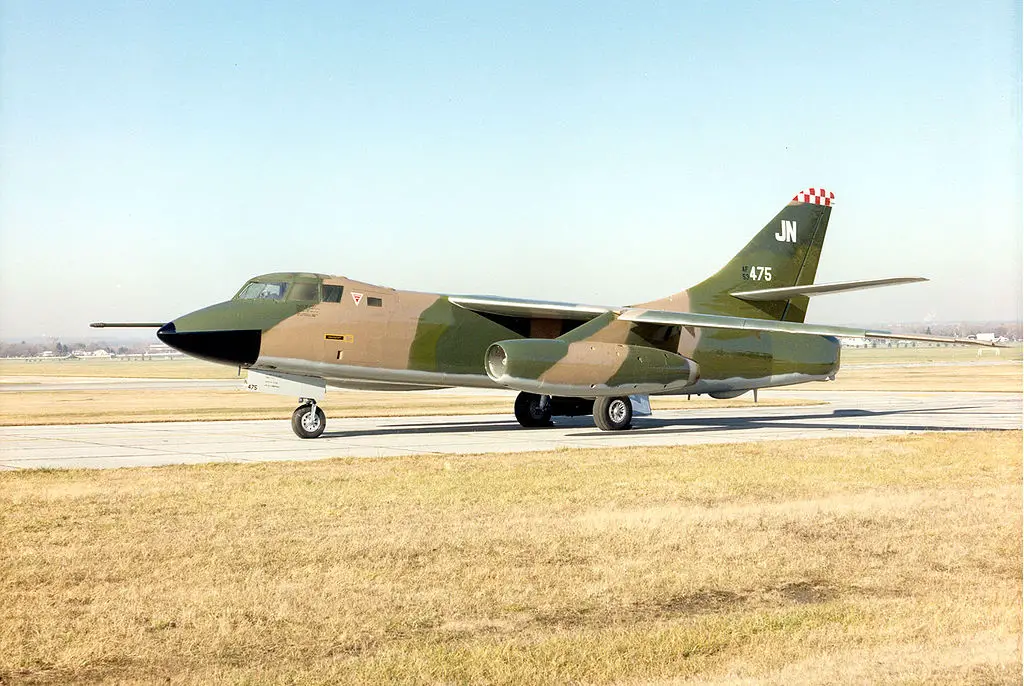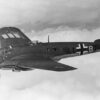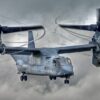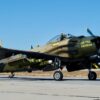A Leap into the Laminar Frontier
In the early 1960s, amidst the dynamic landscape of aviation exploration, the Northrop X-21A emerged as a beacon of innovation. Tasked with a mission that went beyond the ordinary, this experimental aircraft sought to unravel the secrets of laminar-flow control, a technology promising transformative improvements in aerodynamic efficiency. Born from the DNA of the Douglas WB-66D airframe, the X-21A was a daring venture into the uncharted territory of laminar flow.
As the aircraft took its inaugural flight on April 18, 1963, with NASA test pilot Jack Wells at the helm, it carried the aspirations of aeronautical engineers and aviation enthusiasts alike. The essence of the X-21A lay in its commitment to achieving unprecedented laminar flow on its wings, with the potential to reduce overall drag by a quarter. This was a bold step toward enhancing fuel efficiency, extending range, and rewriting the rules of aircraft design.
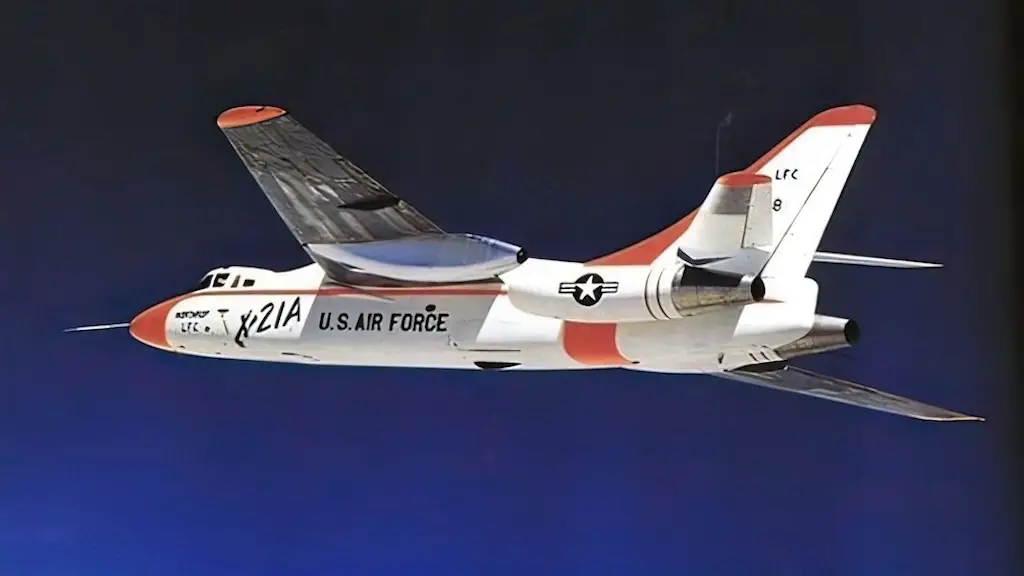
Development History
Conceived to explore the realms of laminar-flow control, a technology promising substantial improvements in drag coefficient and, consequently, aircraft performance, the X-21A was a bold experiment in the evolution of aeronautics. Born from the airframe of the Douglas WB-66D, this experimental aircraft took its first flight on April 18, 1963, under the command of NASA test pilot Jack Wells.
The essence of the X-21A lay in its mission to unlock the potential of laminar-flow control, with the promise of a 25% reduction in overall drag by achieving 80% laminarity on the wing. The ambitious pursuit of enhanced fuel efficiency and extended range became the driving force behind the aircraft’s modifications, setting the stage for a groundbreaking chapter in aerospace history.
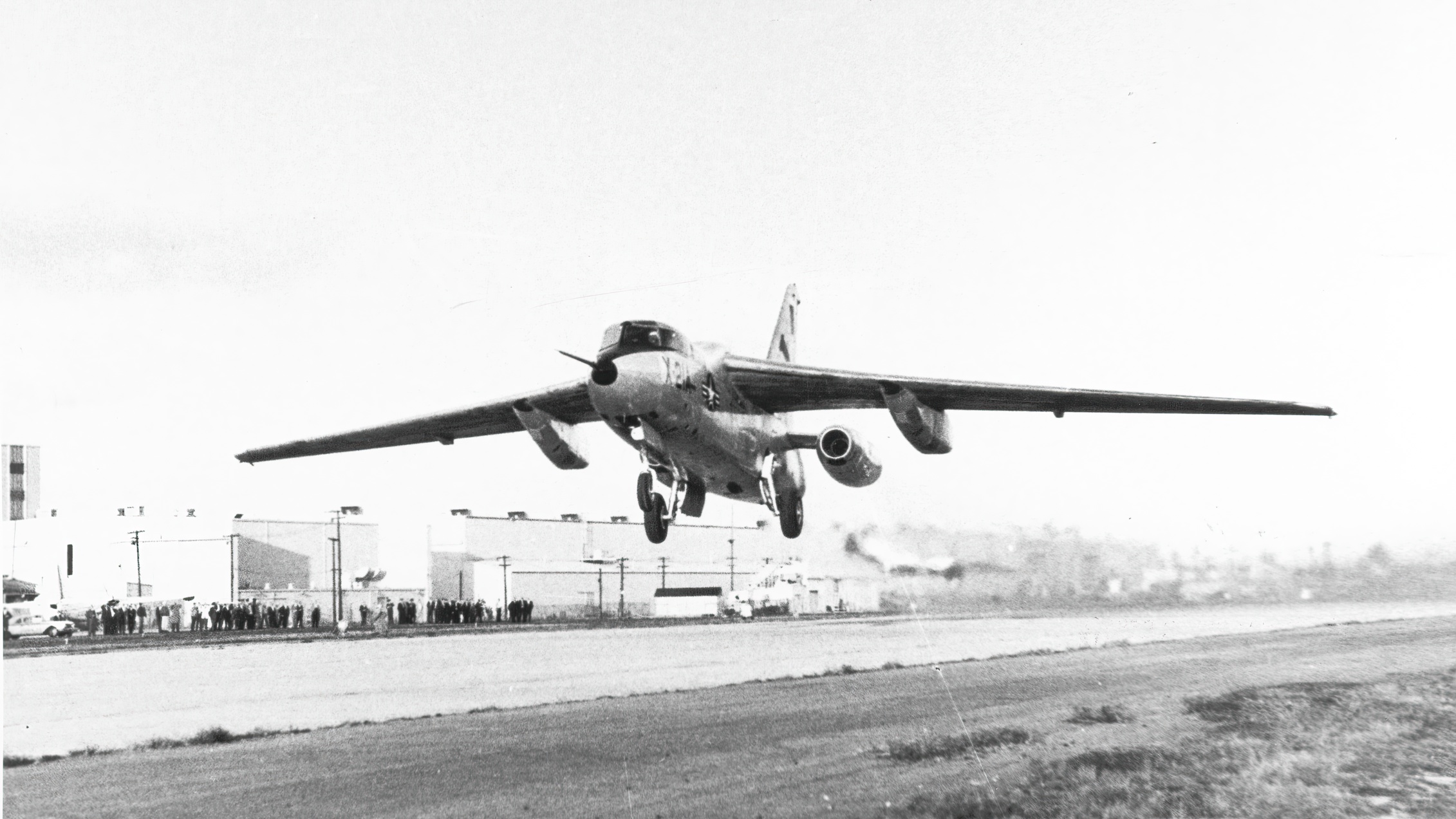
Powering the Pursuit of Efficiency
To propel the X-21A toward its goals, a radical shift in engine configuration was a necessity. The underwing Allison J71 engines were replaced with rear fuselage-mounted General Electric XJ79-GE-13 non-afterburning turbojets, each boasting a static thrust of 9,490 lbf (42 kN). Bleed air from these engines played a crucial role in the laminar-flow control system. Two underwing fairings housed “bleed-burn” turbines, extracting the boundary-layer air through wing slots, contributing to the quest for smoother laminar flow.
The metamorphosis of the X-21A’s powerplant mirrored the aircraft’s dedication to pushing the boundaries of conventional aviation, illustrating a fusion of innovation and engineering prowess.
![A rare underside view of the X-21 in flight, showing the unique engine placement on the lower aft fuselage. [Credit: NASA]](https://www.jetsprops.com/wp-content/uploads/2023/12/X-21-Underside-NASA-photo-1-1024x752-1.jpg)
Navigating the Challenges of Laminar Flow
The X-21A, with its modified wing design and laminar flow control system, embarked on a journey through the skies, seeking the elusive state of laminarity. However, the path was not without turbulence. Challenges arose as porous materials and surface slots faced obstruction from debris, bugs, rain, and even ice crystals under certain conditions.
In the pursuit of 95% laminar flow, the X-21A uncovered valuable data on the effects of surface irregularities, span-wise contamination, and environmental factors. Each flight became a lesson, contributing to the understanding of laminar flow dynamics and the challenges of maintaining it in real-world conditions.
![One of the X-21s in its current, derelict state. Note the folded vertical stabilizer, a feature developed for the carrier-borne A-3 Skywarrior from which the X-21 and the B-66 are derived. [Credit: Air Force Flight Test Museum]](https://www.jetsprops.com/wp-content/uploads/2023/12/X-21-in-desert-Flight-Test-Museum-photo-1024x752-1.jpg)
Lessons Learned
As the X-21A program unfolded, the intricate maintenance demands of the laminar-flow system became apparent. Despite the pioneering data collected, the project faced an untimely end due to the persistent plugging issues. The X-21As found themselves in a state of retirement at Edwards Air Force Base, where they transformed from aviation pioneers to derelicts, serving as photo targets rather than relics of triumph.
The legacy of the Northrop X-21A lives on in the lessons it imparted. While the program did not achieve its envisioned laminar-flow success, it laid the groundwork for future endeavors in aerodynamics, highlighting the delicate balance between innovation and the practical challenges of implementation.
In the quiet storage yards of Edwards Air Force Base, the X-21As may seem forgotten, but their contribution to aviation remains etched in the pursuit of efficiency and the daring exploration of laminar-flow control.

